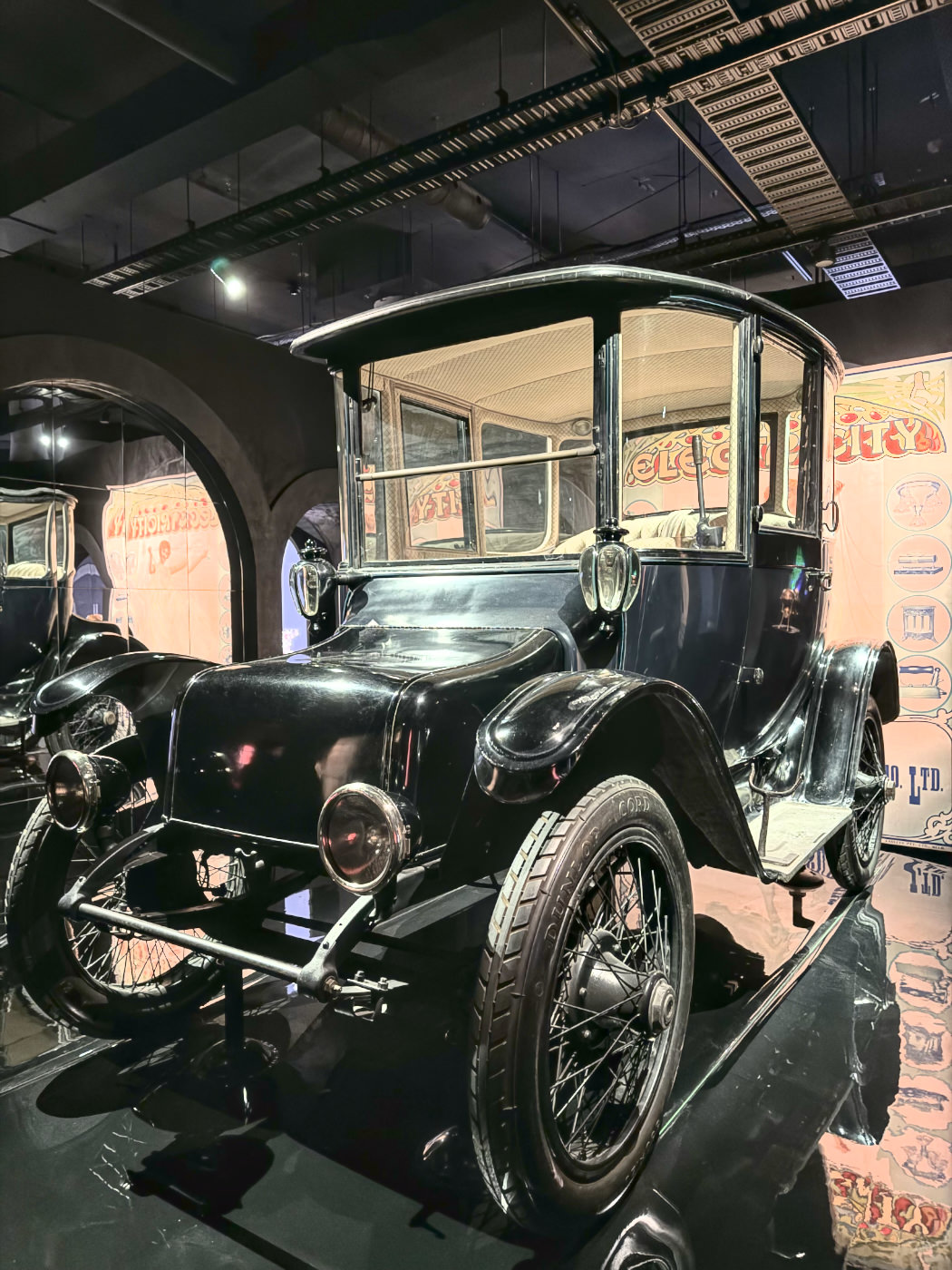The electric vehicle (EV), often seen as a contemporary innovation, actually boasts a rich history that intertwines with the very roots of automotive engineering. This narrative stretches back to the early 19th century, a period characterized by groundbreaking discoveries and the birth of what would become a major technological force in the modern era.
The Dawn of the Electric Car Era
1832: Robert Anderson’s Crude Electric Carriage
In 1832, Scottish inventor Robert Anderson embarked on a revolutionary project: creating a carriage powered by electricity. Although primitive by today’s standards, Anderson’s creation represented a significant leap in transportation technology. His electric carriage, which used non-rechargeable power cells, was the first known instance of an electric vehicle. This innovation set the stage for future developments in electric transportation, highlighting the potential of this new form of mobility.
1842: Practical Electric Road Vehicle
A decade after Anderson’s attempt, another milestone was achieved in 1842 with the introduction of a more practical electric road vehicle. This design incorporated the era’s newly-invented, non-rechargeable electric cells. This development represented a crucial step towards making electric vehicles more practical and user-friendly, showcasing the potential for electrically powered transportation on public roads.
1859: The Lead Acid Battery
The evolution of EVs received a significant boost with the invention of the lead-acid battery in 1859 by French physicist Gaston Planté. This was the first rechargeable battery, offering a more sustainable and long-lasting power source for electric vehicles. The lead-acid battery’s durability and rechargeability solved one of the significant challenges facing early EVs, enabling longer travel distances and more reliable performance.
The Era of Innovation and Commercialization
1884: Thomas Parker’s Practical Production Electric Car
In 1884, a significant breakthrough came with Thomas Parker, who constructed the first practical production electric car. Parker, motivated by a desire to improve fuel efficiency, utilized the newly developed rechargeable batteries in his design. His electric car was not just a prototype but a practical vehicle that could be used daily. Parker’s work demonstrated the commercial feasibility of electric vehicles and opened the door for mass production.
1897: New York City’s Commercial EV Fleet of Taxis
The commercial potential of electric vehicles took center stage in 1897 when New York City introduced its first commercial EV fleet of taxis. This marked a pivotal moment in the history of electric vehicles, showcasing their utility in an urban environment. The electric taxis offered a quieter, cleaner alternative to the petrol-powered vehicles of the time, gaining popularity among city dwellers and setting a precedent for future urban transportation solutions.
1899: La Jamais Contente’s Land Speed Record
The performance capabilities of electric vehicles were dramatically highlighted in 1899 when “La Jamais Contente,” a Belgian-built electric racing car, broke the land speed record by reaching 106 Km/h. This event was monumental in changing public perceptions of electric vehicles. Far from being slow and cumbersome, “La Jamais Contente” demonstrated that electric vehicles could achieve speeds comparable to, if not surpassing, their gasoline counterparts.
Foundation
The early history of the electric vehicle is a tapestry of innovation, vision, and groundbreaking achievements. From Anderson’s pioneering electric carriage to the record-breaking speed of “La Jamais Contente,” these early developments laid a solid foundation for today’s EVs. As we advance towards a future dominated by sustainable transportation, it’s essential to acknowledge and appreciate these early milestones that shaped the journey of the electric vehicle, steering us towards a cleaner, more efficient future.
Sydney Powerhouse Museum
 Detroit Electric car: brougham body, 80 volt, 10 hp, metal, upholstery, glass
Detroit Electric car: brougham body, 80 volt, 10 hp, metal, upholstery, glassAnderson Electric Car Co, Detroit, Michigan, United States of America, 1917
Used by Arthur and Denis Allen, Australia, 1917-47
Gift of Mr Denis Allen 1947. Powerhouse Object No. B1057-1
References
https://en.wikipedia.org/wiki/History_of_the_electric_vehicle https://www.energy.gov/articles/history-electric-car https://edisontechcenter.org/ElectricCars.html https://www.macklinmotors.co.uk/ev-timeline/#:~:text=1832%2D1839,used%20to%20generate%20the%20electricity https://www.theguardian.com/technology/2021/aug/03/lost-history-electric-car-future-transport
